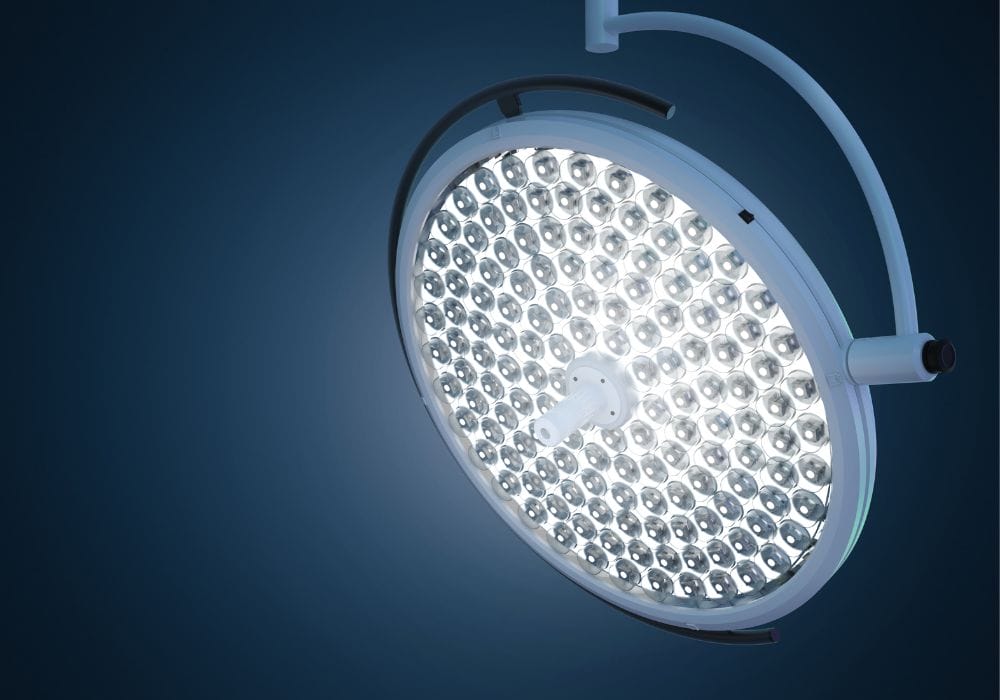Increasing awareness of how our activities affect the environment has made sustainability a more important consideration than ever before. Like businesses and organizations in other industries, healthcare facilities recognize the importance of adopting eco-friendly practices to minimize their carbon footprint.
One significant way to improve sustainability is to choose green medical devices. Explore some characteristics of eco-friendly medical equipment to help you make informed purchasing decisions.
Sustainability Objectives
Sustainable medical equipment refers to devices and instruments designed, manufactured, and utilized with a focus on reducing their environmental impact throughout their lifecycles. Healthcare facilities can contribute to environmental conservation and promote green advancements by buying sustainable equipment.
These eco-friendly options aim to minimize the following:
- Energy consumption
- Waste generation
- The use of harmful materials in manufacturing
Sustainable Supply Chains
For manufacturers, sustainable design incorporates additional social and economic considerations. Green device manufacturers can share details about the sustainability of their supply chains, including how they comply with human rights and health standards.
Lower Energy Consumption
Energy-efficient medical devices consume less electricity during operation, reducing carbon emissions. Energy-efficient imaging systems use advanced technologies to optimize power usage without compromising diagnostic quality. Other energy-efficient options exist for anesthesia machines, ventilators, and surgical lights.
New Ways of Obtaining and Using Power
Manufacturers are increasingly turning to emerging systems for power usage that reduce energy consumption. Low-power microchips can conserve device battery life and minimize the need for device or battery replacement without negatively impacting device performance. Scientists and engineers are also considering how to harvest alternative energy sources, such as solar power, for medical devices.
Reusable and Recyclable Materials
Another characteristic of eco-friendly medical equipment is reusable and recyclable materials. Manufacturers are increasingly adopting eco-friendly production practices, including using renewable energy sources and reducing waste generation.
Many medical devices, such as surgical instruments, are made from high-quality, durable materials that can withstand repeated sterilization. These instruments reduce the need for single-use items, significantly reducing waste. Sustainability-minded manufacturers and facilities must also consider the energy consumption associated with device sterilization to determine true environmental gains.
Improved Product Lifecycle and Lifespan
Sustainability reaches beyond the manufacturing stage. The entire product lifecycle, from manufacturing to disposal, must be taken into consideration.
Manufacturers can improve product usefulness with targeted design. They can consider factors like the supply chain that provides manufacturing materials and how those materials will be disposed of at the end of their lifespan.
Consider Refurbished Devices
One of the most common myths about medical equipment is that buying new is always better. However, the secondary medical device market is growing, with some companies offering refurbishment services that reduce the need for brand-new replacements. Explore buying refurbished devices to lower the replacement cycle of newly manufactured products.
Eco-friendly medical equipment is designed to lower energy consumption, utilize reusable and recyclable materials, and have a sustainable product lifecycle. Buying eco-friendly medical devices can advance a healthcare facility’s green initiatives, especially when combined with other sustainability practices, such as telemedicine and remote monitoring.







